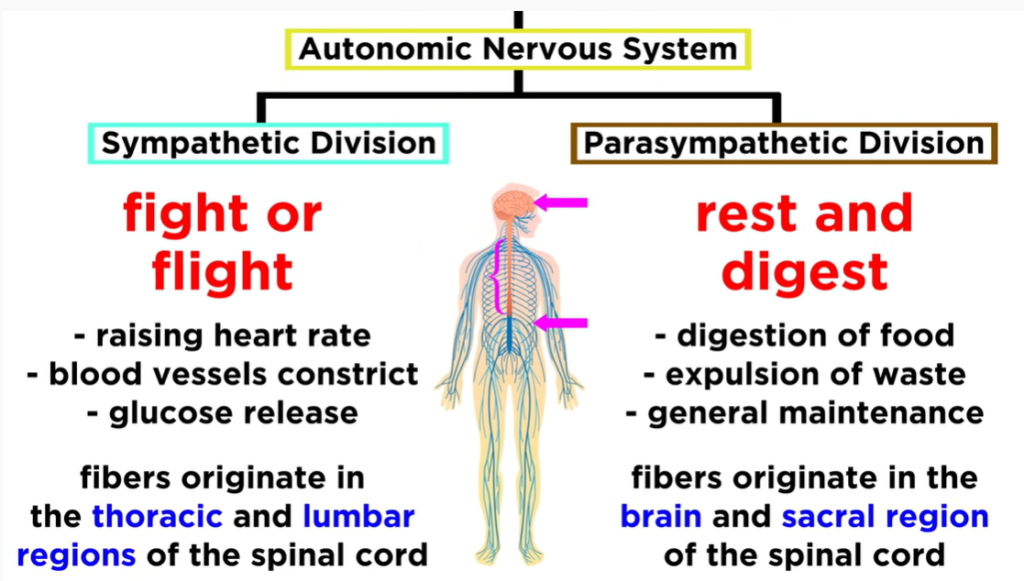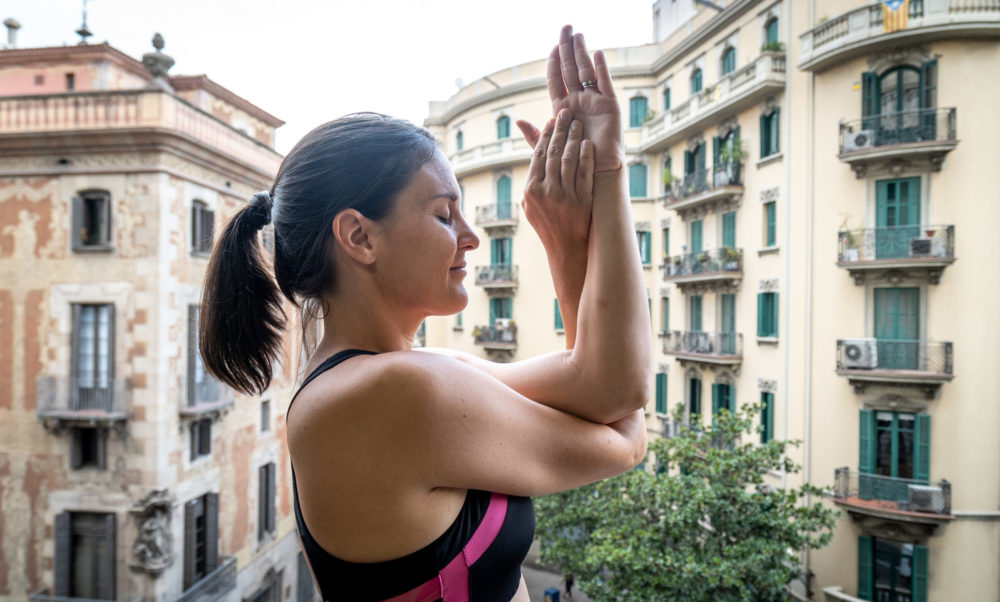Regulate your emotions with yoga
Regulate your emotions with yoga – understanding your nervous system
When you step out of a yoga class, no doubt you feel better from head to toe. You feel more relaxed and at peace with your body and mind. It clearly helps to develop mental clarity. But, what’s really going on in your brain when you actually practice yoga and eventually mediation?

We are going to zoom in the temporal Lobe, part of the limbic system, dedicated to emotions.
The Hippocampus is our Data Analyst. It stores long-term memory and recalls information.
The Amygdala is our emotional center (fight, flight, or freeze response), it regulates intense emotions
The Hypothalamus which is our brain- survival, releases stress chemicals. It is responsible for regulating our basic needs (hunger, thirst…), it responds to pain, levels of pleasure, emotional behavior, and more. It regulates the autonomic nervous system which has three branches:
The Hippocampus is our Data Analyst. It stores long-term memory and recalls information.
The Amygdala is our emotional center (fight, flight, or freeze response), it regulates intense emotions
The Hypothalamus which is our brain- survival, releases stress chemicals. It is responsible for regulating our basic needs (hunger, thirst…), it responds to pain, levels of pleasure, emotional behavior, and more. It regulates the autonomic nervous system which has three branches:
- The enteric nervous system.
- The sympathetic nervous system, which coordinates our fight and flight response. The sympathetic ganglia are located and move out of the thoracic and lumbar vertebrae. They have a stimulating effect on the heart, thymus, and adrenal glands, preparing us for fight, flight or freeze. Postures are mainly flowy and dynamic, giving attention to heating postures, long holds as well as passive or restorative postures. We recommend Back Bends and Laterals to feel energized!
- The parasympathetic nervous system which coordinates our rest and digest response. The parasympathetic ganglia are located and move out from the brain, the cervical spine and the sacrum. Through these asanas the nerves are activated, and blood vessels dilate helping to balance sympathetic stimulation. The mind becomes calmer, anxiety is decreased, and blood pressure is lowered. Postures would be mainly standing, supine or seated. Forward bends – Twist – Inversions are great asanas to find relaxation and rest in the body. It will alleviate symptoms of depression and low blood pressure. It receives inputs from the vagus nerve and from the other parts of the limbic system. The vagus nerve represents the main component of the parasympathetic nervous system, which oversees a vast array of crucial bodily functions, including control of mood, immune response, digestion, and heart rate.

“We know that accumulating evidence shows yoga is good for your body, health, and mind. Yoga has been used in the treatment of anxiety conditions, depression, insomnia, eating disorders, and others,” says Jonathan Greenberg, PhD, a postdoctoral research fellow in the department of psychiatry at Harvard Medical School. It does increase inmates’ sense of wellbeing and self-control.
Meditation also reduces activity in the limbic system. As your emotional reactivity diminishes, you have a more tempered response when faced with stressful situations.
Talk therapy and drugs have traditionally been the go-to remedies for depression and anxiety. But complementary approaches, such as yoga, also helps, and yoga fits very well within other complementary therapies.
Learn more about our Psychotherapeutic Yoga course divided into 3 modules: Psychotherapeutic Yoga, Ayurveda, and Meditation. The course will help you to understand how to create yoga sequences that positively affect your mental health and well-being, with key insights from neurobiology science, specific yoga poses, pranayamas, Ayurveda, and meditation.









